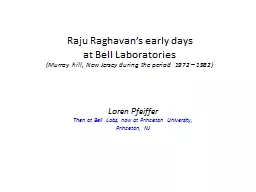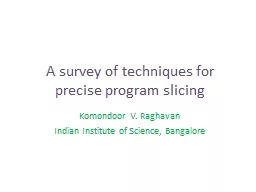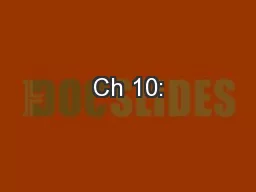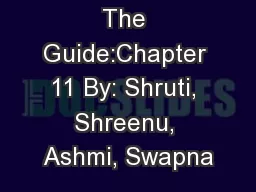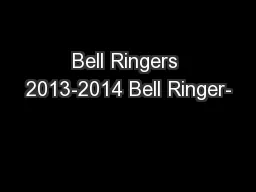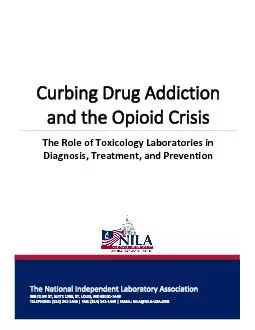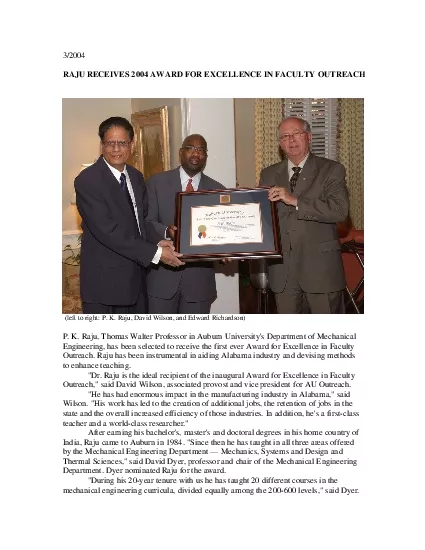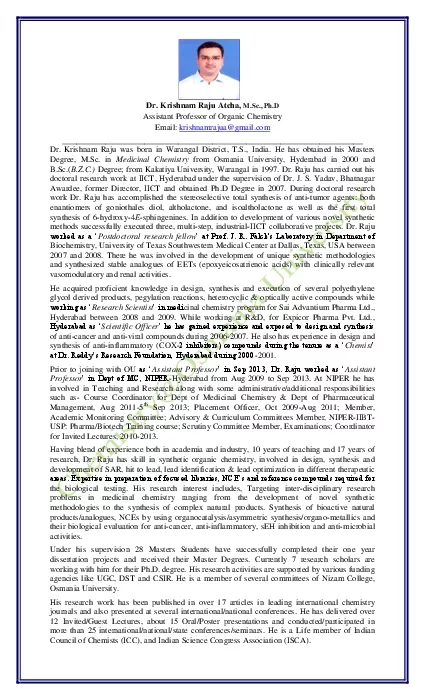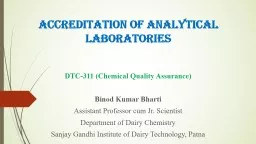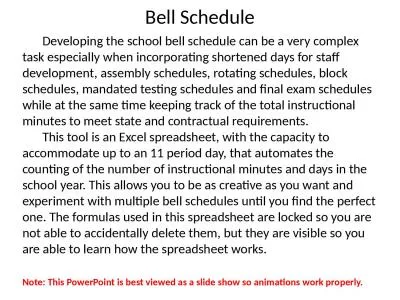PPT-Raju Raghavan’s early days at Bell Laboratories
Author : freakapple | Published Date : 2020-06-15
Murray hill New Jersey during the period 1972 1982 Loren Pfeiffer Then at Bell Labs now at Princeton University Princeton NJ This is Rajus first paper with me
Presentation Embed Code
Download Presentation
Download Presentation The PPT/PDF document "Raju Raghavan’s early days ..." is the property of its rightful owner. Permission is granted to download and print the materials on this website for personal, non-commercial use only, and to display it on your personal computer provided you do not modify the materials and that you retain all copyright notices contained in the materials. By downloading content from our website, you accept the terms of this agreement.
Raju Raghavan’s early days at Bell Laboratories: Transcript
Download Rules Of Document
"Raju Raghavan’s early days at Bell Laboratories"The content belongs to its owner. You may download and print it for personal use, without modification, and keep all copyright notices. By downloading, you agree to these terms.
Related Documents

